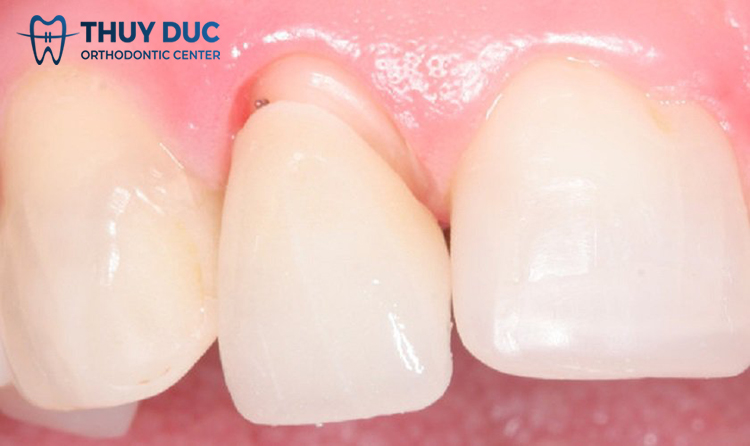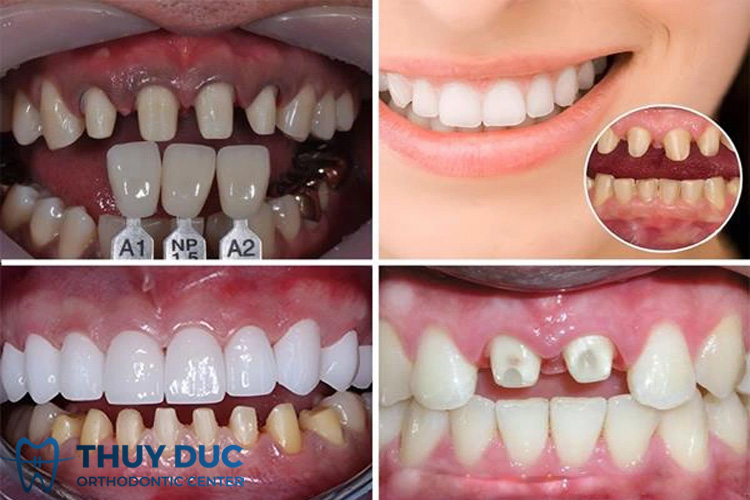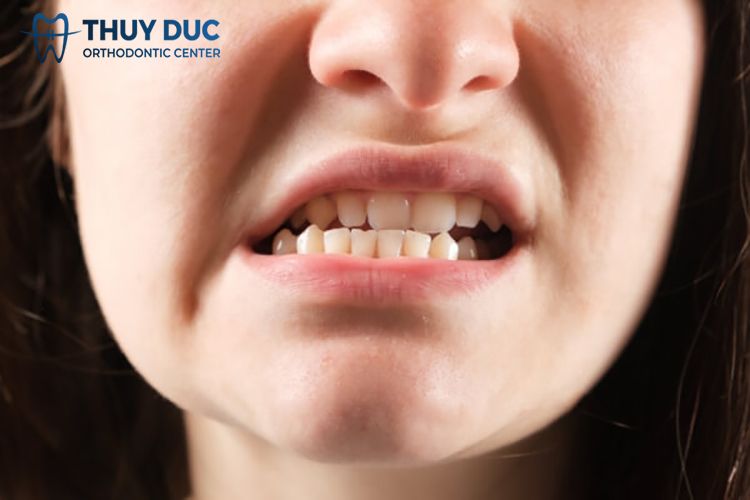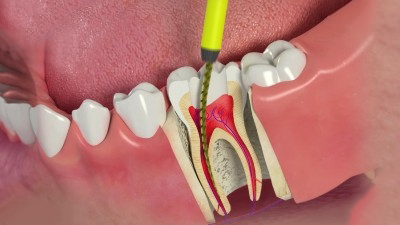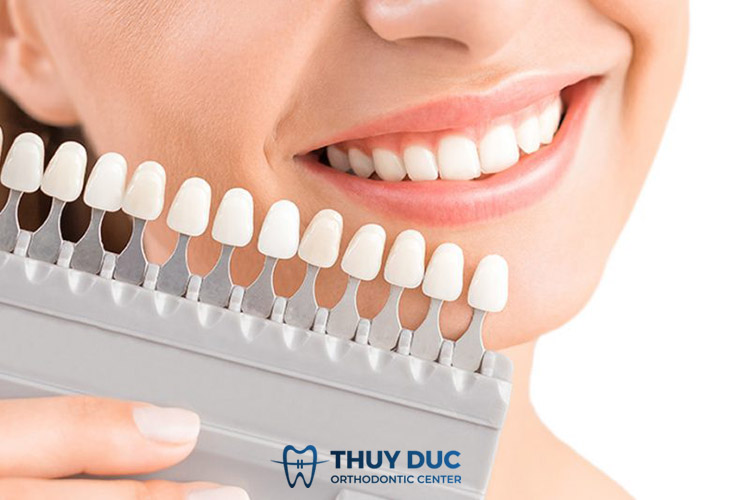Porcelain crowns are a popular cosmetic tooth restoration method today. However, if you are planning to get porcelain crowns, you need to carefully learn about the pros and cons of this method to decide whether to do it or not. Let’s find out details through the following article!
Table of contents
1. Advantages of porcelain crowns
The porcelain crown method has outstanding advantages including:
1.1. Fast treatment time
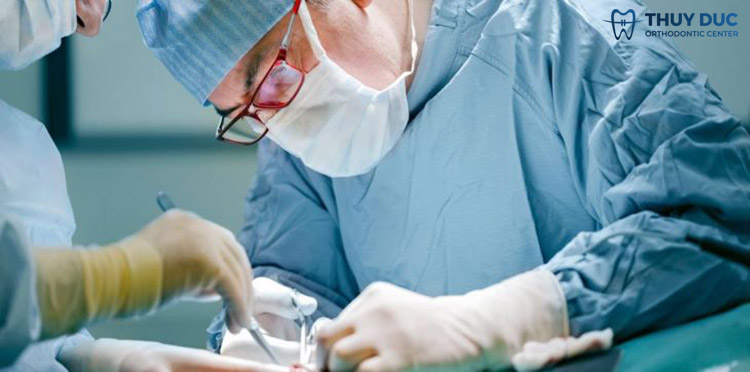
The time it takes to make porcelain teeth depends on the dental condition and the number of teeth that need to be done. If you have good oral health and only have 1 porcelain crown it can be completed in the same day. In case there is dental disease and a large number of porcelain-covered teeth, about 3-4 appointments with the doctor are needed.
1.2. Restore chewing function
Porcelain crowns can restore broken or broken teeth, cavities, damaged pulp or discoloration, etc. After grinding the teeth at the allowable threshold combined with porcelain crowns, it is of good quality, safe, and customer-friendly. Customers can regain the ability to chew well.
1.3. Guaranteed aesthetics
Porcelain crowns are highly appreciated for their aesthetics because they are individually designed according to each customer’s condition, and have a natural whiteness that is no different from real teeth.
2. Disadvantages of porcelain crowns
Besides the above advantages, porcelain crowns still have limitations such as:
2.1. Grinding teeth, invading real teeth
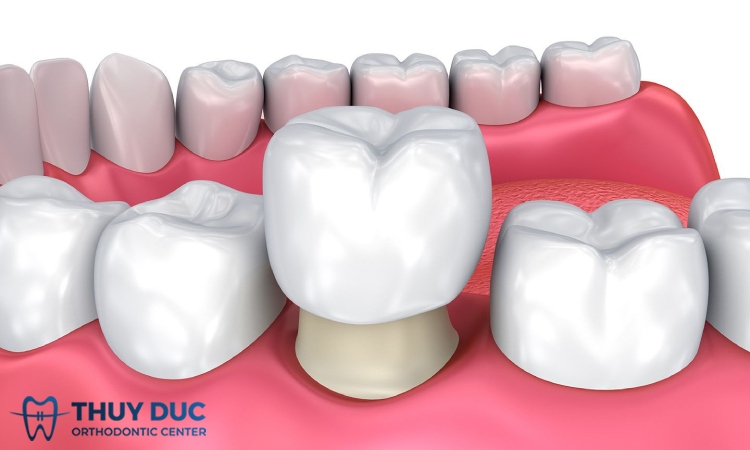
If the doctor grinds teeth at the wrong proportions, violating the biological space can damage real teeth. Accordingly, the biological space of a tooth is described as the total height of epithelial and connective tissue attachments, usually about 2mm in size. Only when the doctor correctly determines the size of the biological space can the restoration’s finished position be guaranteed not to cause bone loss or encroach on the surrounding gums. Not to mention, grinding teeth too much also has potential risks such as infection, pain, sensitivity, etc.
2.2. Lifespan is not long
The average lifespan of porcelain crowns is only 10 years, after which the customer must go to the dentist to have them re-done.
From the advantages and disadvantages of porcelain crowns, it can be seen that this method is only effective in cases of individual teeth with large breaks in order to restore tooth function and aesthetics.
For teeth with other defects, modern dentistry still has many optimal solutions. Specifically:
For teeth that are healthy and just want to improve aesthetics: Porcelain veneers can be done to hide defects in tooth color and shape. This is a minimally invasive treatment solution that helps preserve natural teeth as much as possible while still ensuring high aesthetics.
With misaligned, overbite, or underbite teeth: Braces are a dental technique that helps correct the defects of misaligned teeth, overbites, underbites, etc. while still preserving maximum natural teeth, maintaining the longevity and health of the teeth. In addition to traditional braces, modern dentistry now has the Invisalign clear braces solution, which is highly appreciated for its aesthetics and easy installation and removal, helping customers have a comfortable and spontaneous orthodontic experience. communication throughout the treatment period.
